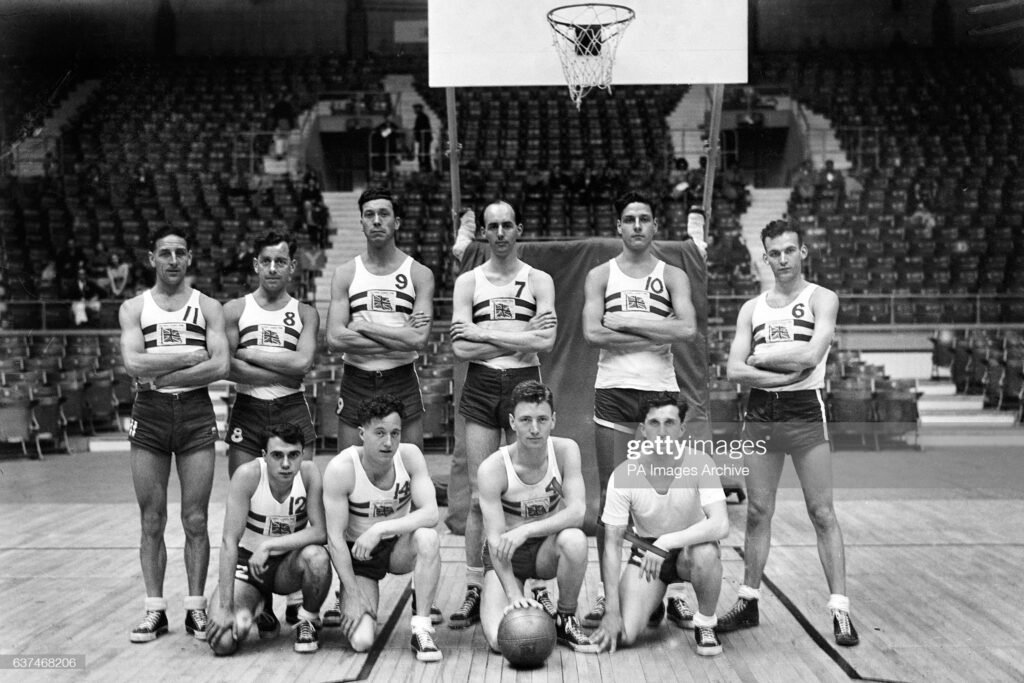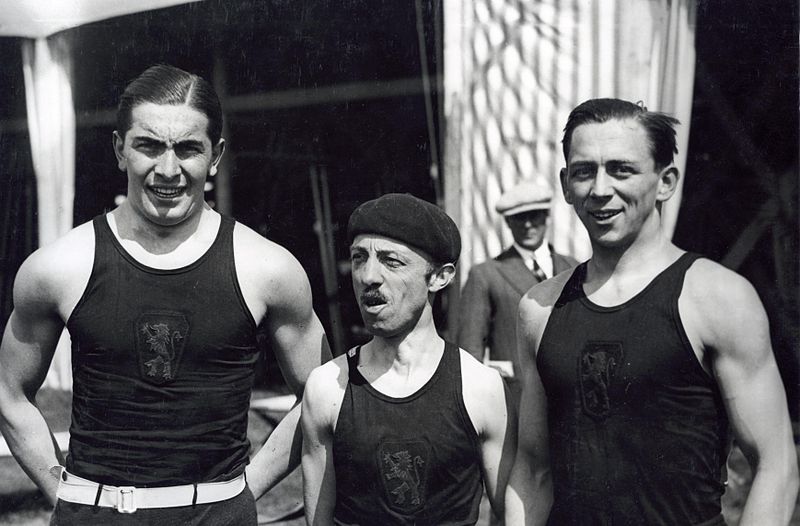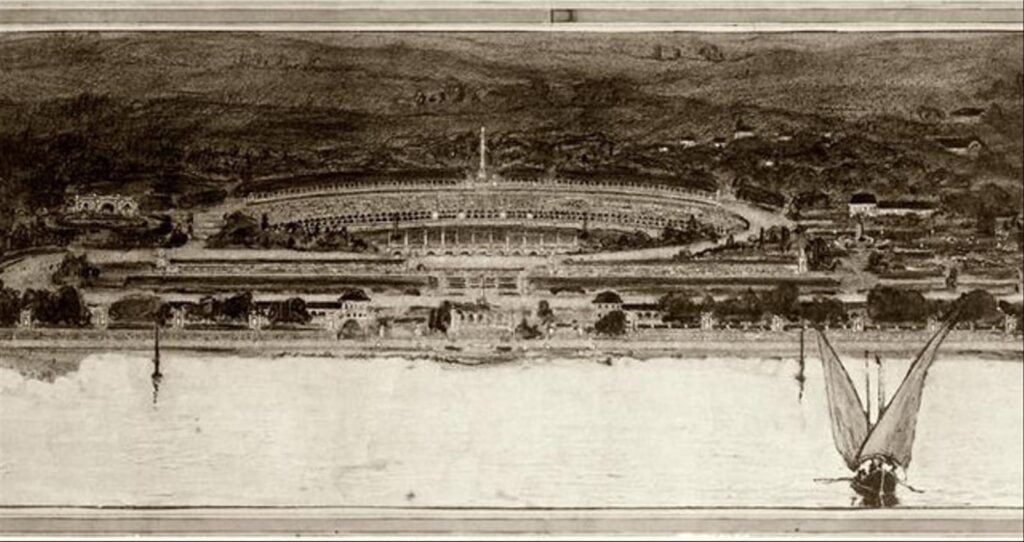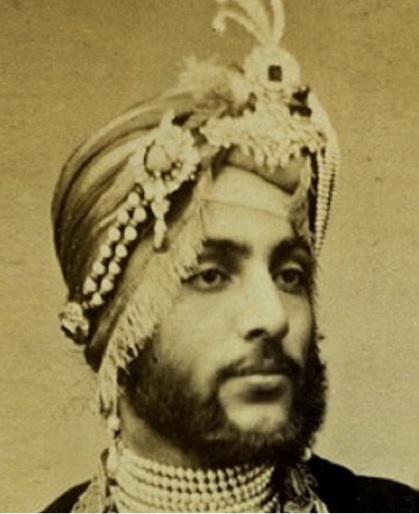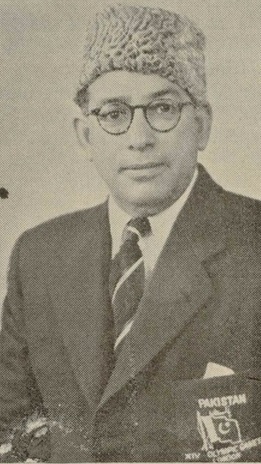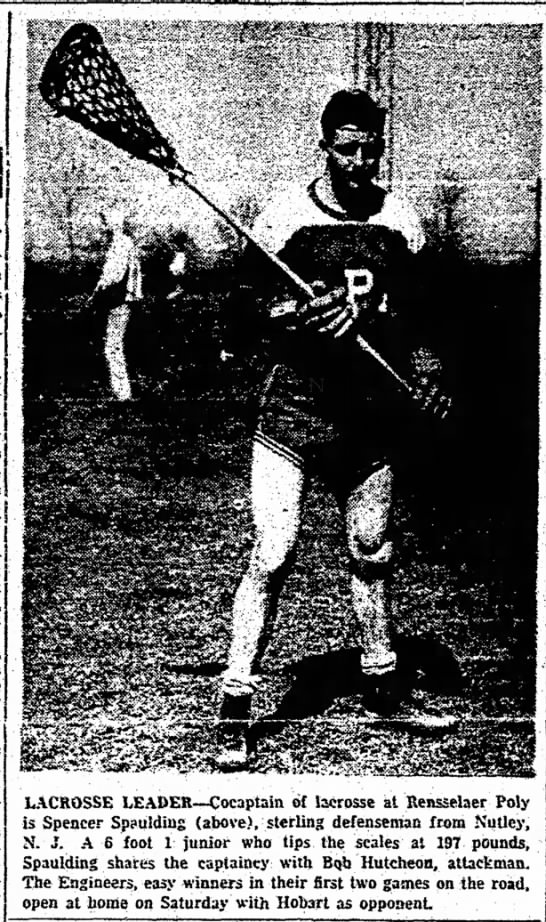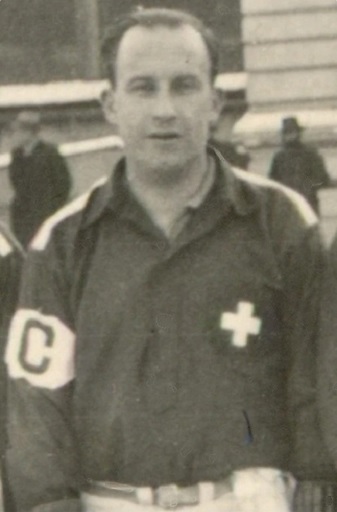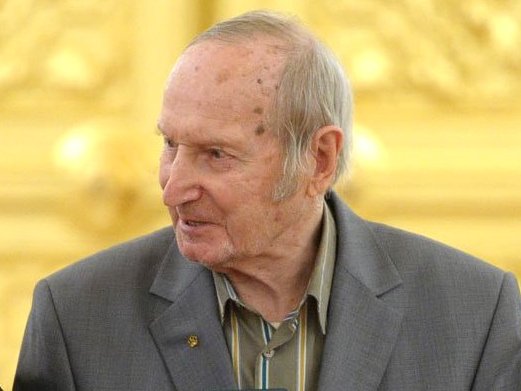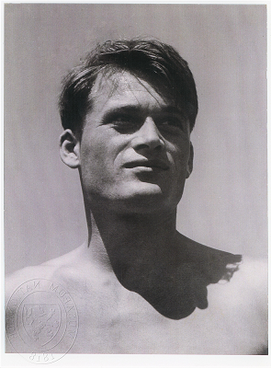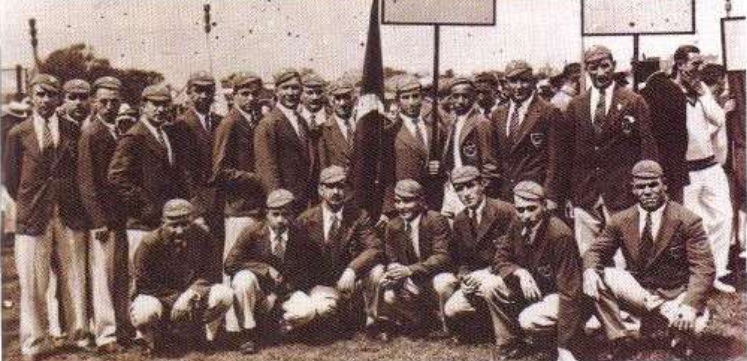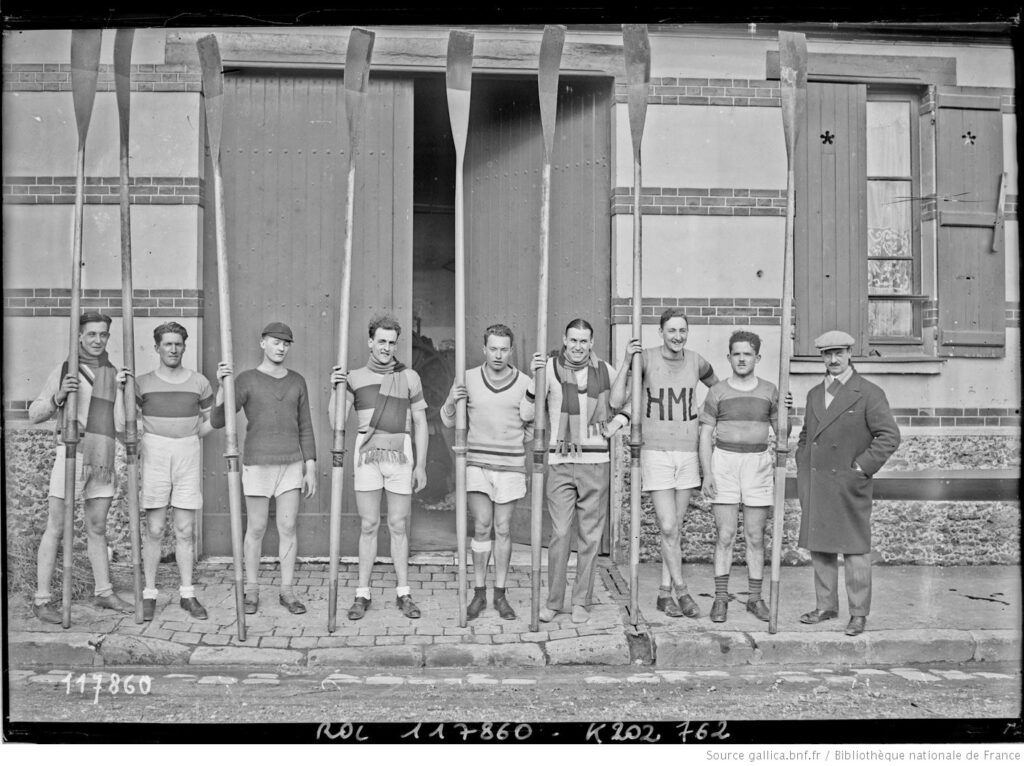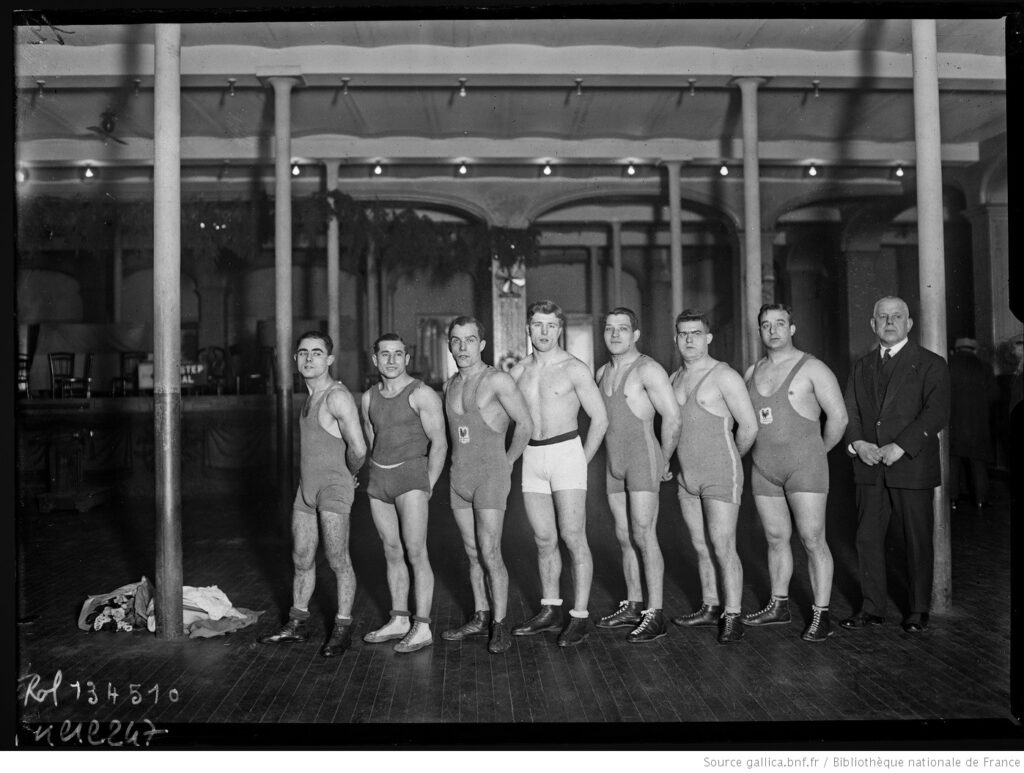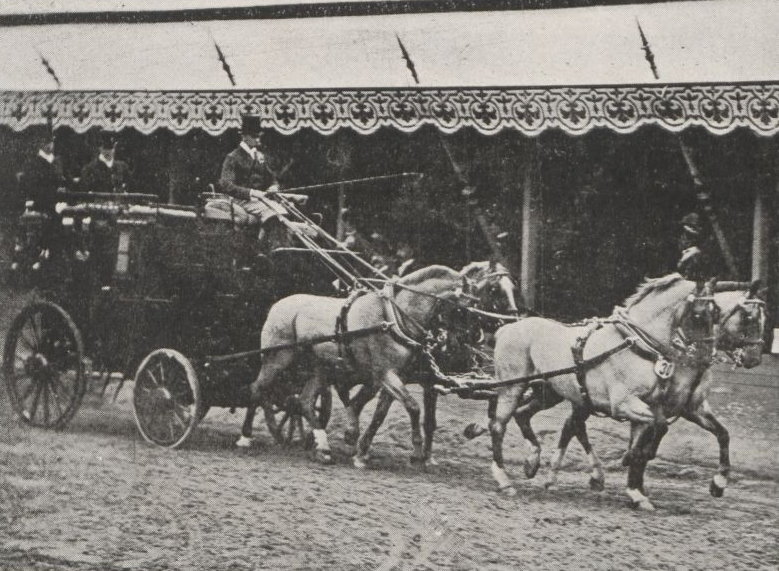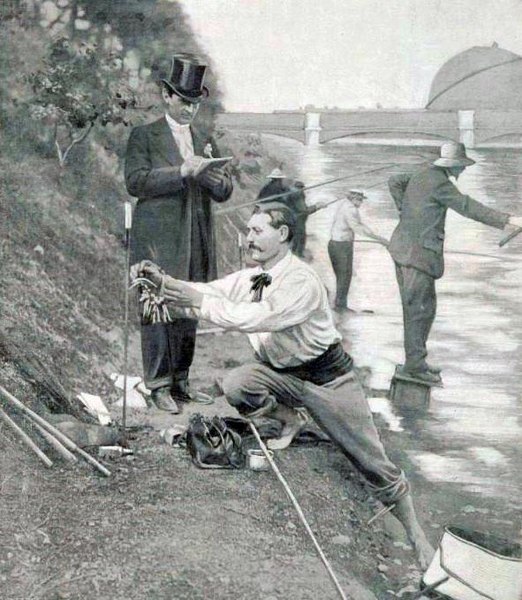Today on Oldest Olympians, we wanted to engage in some speculation: in an alternate timeline, who might have been on Egypt’s football squad had they played at the 1932 Los Angeles Olympics? The question is problematic for two reasons, the first being that there was no football tournament at these Games, as FIFA wanted to promote the World Cup instead. Even if there had been, however, Egypt would not have been there as they boycotted these Olympics due to their lack of proper representation at the International Olympic Committee, where their member was Angelos Bolonaki, a Greek in all but residence, rather than an Egyptian. So why bother to even ask this question? Speculative history can be fun, and we have seen this very inquiry pursued for other teams that might have made the Games. Since Egypt is our area of expertise, we felt that it might be worthwhile in engaging in a little bit of “what if?”
The logical place to search for answers in this regard would be to look at the surrounding international tournaments and see who would have been in their prime in 1932. Thankfully, we have three of the four major data points in this regard, as Egypt took part in the 1928 and 1936 Olympic tournaments, as well as the 1934 World Cup. What about the 1930 World Cup? Egypt was definitely invited, even though they ultimately did not attend, so it stands to reason that there may have been a squad prepared that would give us more clues.
Unfortunately, this does not seem to be the case. According to Yasser Ayoub’s excellent and detailed Arabic-language work “Egypt and Football”, no confirmed account of why Egypt did not participate in 1930 has survived, leaving three common explanations: that the distance to Uruguay was too far, that a squad was prepared but missed their boat, and that the British blocked Egypt’s participation. Ayoub ultimately rejects all of these answers, speculating instead that there simply was not enough interest in Egypt to send a team to the first World Cup, outside of a small faction of diehard football fans. Thus, there was no 1930 lineup from which we can draw more information.
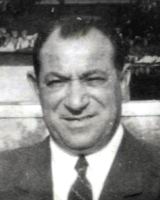
(Mokhtar El-Tetsh)
One obvious inclusion would be Mokhtar El-Tetsh, one of Egypt’s most famous footballers of the era and a powerful striker. El-Tetsh attended all three of the aforementioned tournaments (as well as the 1924 Paris Olympics) and would almost certainly have been on the 1930 World Cup squad had such a team existed. It was during a review of his career, however, that we came across an interesting series of matches, ones that did not involve him.
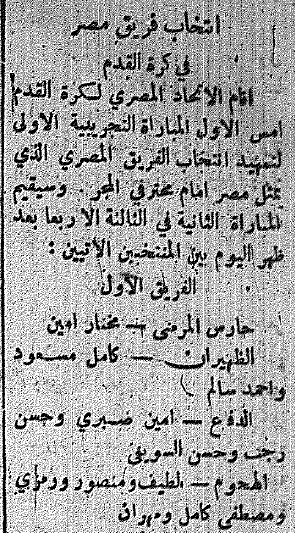
(Announcement of the squad to face the Hungarians from Al-Ahram, January 31, 1932)
In February 1932, a Hungarian team visited Egypt for a series of matches to test the mettle of the two national squads. A little archival research helped us locate the Egyptian lineup for those games, the first squad of which is listed as follows:
Goalkeeper: Mukhtar Amin
Backs: Kamel Masoud, Ahmed Salem
Other Defense: Amin Sabry, Hassan Raghab, Hassan Al-Swifi
Attackers: Latif, Mansour, Ramzi, Mustafa Kamel, Mahran
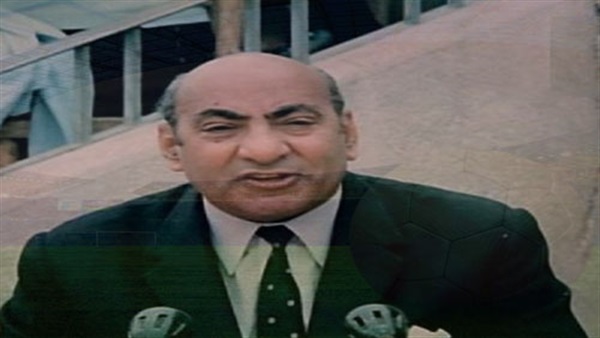
(Mohamed Latif)
Ahmed Salem is probably Ahmed Mohamed Salem, who represented Egypt at both the 1924 and 1928 Summer Olympics. Latif is almost certainly Mohammed Latif, who debuted on the national side in 1932 and would go on to play at the Olympics in 1936, while Mansour is likely the Ahmed Mansour who was a reserve for Egypt at both the 1924 and 1928 editions. Mustafa Kamel must be Mustafa Kamel Taha, a well-known player who also appeared at the 1936 Berlin Games. Four of the listed individuals represented Egypt at the 1934 World Cup: Latif, Mustafa Kamel, Kamel Masoud and Hassan Raghab. Additionally, Amin Sabry was part of the team that helped qualify Egypt for the World Cup, although he had no playing time in the tournament itself.
As for the others, Mukhtar Amin never appeared at the Olympics or the World Cup, but he had a lengthy career that stretched back to the first half of the 1920s and extended to at least 1935, so he certainly could have been on the 1932 squad (he may be the same individual as Ahmed Mokhtar, a non-starter on Egypt’s 1928 Olympic team, but this is not confirmed). Hassan Al-Swifi had a lesser-known career, but he did earn domestic titles at the end of the 1920s and first half of the 1930s. “Mahran” is most likely Mahmud Mahran, another domestic title holder of the late 1920s and early 1930s, and all would certainly be candidates for a theoretical 1932 squad. The only individual we were not able to identify was “Ramzi”; although there was a player with the name active at the time, we have not been able to uncover any details about his life or career.
This list gives us a good window into what a potential 1932 squad may have looked like, but there are too many variables to know for certain, especially since the same article lists a “second” and “third” team that includes many more players who were well-known at the time. We feel, however, that this has gone on for long enough without looking into these additional lineups, so we will stop here. We hope, however, that you found this to be at least a little interesting, and that you will join us next time for another Olympic blog post!
